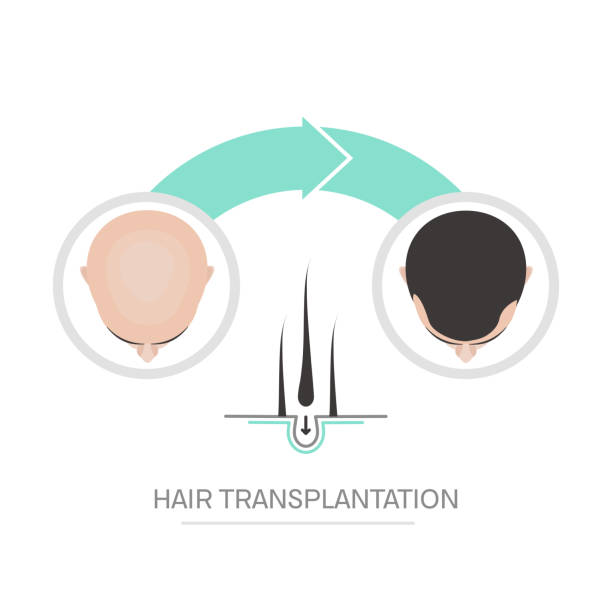What’s the Ridge Augmentation?
Ridge Augmentation is dental surgery to repair defects in the jaw due to the extraction or loss of a tooth. The dentist will place a bone graft into the socket formed at the base of the extracted tooth. Alternatives to a bone graft include a soft-tissue graft or bone substitutes. The surrounding gum is sutured in place to cover the graft. The grafted bone can repair aesthetic defects or be used as a foundation for dental implants. Results generally include an increase in the width and height of the alveolar ridge.
What is Ridge Augmentation?
Ridge augmentation is a surgical procedure that rebuilds the natural shape of the gums and jaw after tooth loss or extraction.
When a tooth is removed, it leaves behind a socket in the jawbone. Ideally, this socket heals naturally and fills with bone. However, in many cases, the bone doesn’t regenerate properly, leading to defects such as a narrower or shorter ridge. This can affect both appearance and the ability to place dental implants.
During ridge augmentation, a bone graft material is placed in the tooth socket or directly in the jawbone to restore its width and height. The gum tissue is carefully repositioned and sutured over the graft, allowing the bone to heal and regenerate.
Why is Ridge Augmentation Needed?
Losing teeth is not just about gaps in your smile. It has direct consequences on your oral health:
-
Bone loss after tooth extraction – When a tooth is lost, the jawbone begins to shrink naturally.
-
Trauma or injury – Accidents may damage the jawbone or surrounding tissues.
-
Periodontal disease – Severe gum disease often leads to bone resorption.
-
Infections or cysts – These can damage bone tissue around the teeth.
-
Improving aesthetics – Ridge augmentation creates a smooth gum line, which is vital for a natural-looking restoration.
-
Foundation for dental implants – A strong bone ridge is essential for placing implants securely.
Without ridge augmentation, dental implants may not have enough bone support, leading to implant failure.
The Ridge Augmentation Procedure
The procedure is performed in a dental office under local anesthesia. Here’s what typically happens:
-
Consultation and Planning
-
The dentist examines your mouth using X-rays or 3D scans.
-
The amount of bone loss and the best grafting material are determined.
-
-
Preparation
-
Local anesthesia is given to numb the area.
-
In some cases, sedation may be used for anxious patients.
-
-
Placing the Bone Graft
-
A small incision is made in the gum to expose the bone.
-
Bone graft material (synthetic, bovine, or taken from your own body) is placed into the deficient area.
-
Special membranes may be used to protect the graft and promote healing.
-
-
Suturing
-
The gum tissue is repositioned over the graft and stitched securely.
-
-
Healing and Bone Regeneration
-
Over the next few months, the graft fuses with your natural bone.
-
New bone cells grow and strengthen the ridge.
-
-
Dental Implant Placement
-
After successful healing, usually in 4–9 months, implants can be placed with strong support.
-
Types of Bone Grafts Used in Ridge Augmentation
Different materials can be used depending on the patient’s needs:
-
Autograft – Bone taken from your own body (jaw, hip, or tibia).
-
Allograft – Bone from a human tissue bank.
-
Xenograft – Bone from animals such as bovine sources.
-
Alloplast – Synthetic bone-like material.
Each type has benefits, and your dentist will choose the most suitable option for your case.
Recovery After Ridge Augmentation
Healing from ridge augmentation is straightforward if you follow your dentist’s instructions.
Common Recovery Tips:
-
Use prescribed antibiotics and pain relievers.
-
Avoid chewing on the surgical site.
-
Eat soft foods for the first few days.
-
Do not smoke, as it slows healing.
-
Avoid strenuous activity for at least 48 hours.
-
Keep the area clean using recommended mouth rinses.
Healing Timeline:
-
First week – Mild swelling and discomfort subside.
-
4–6 weeks – Gums heal fully.
-
4–9 months – Bone graft matures and integrates with the natural bone.
Once healing is complete, implants can be placed successfully.
Risks and Complications
Ridge augmentation is a safe procedure when performed by skilled surgeons. However, as with any surgery, there are some risks:
-
Infection at the surgical site.
-
Graft rejection (rare).
-
Swelling and mild pain.
-
Prolonged healing in smokers or patients with health conditions.
At Esthetica Dental and Maxillofacial Surgery Hospital in Vadodara, strict sterilization protocols and advanced techniques minimize these risks and ensure safe, predictable outcomes.
Cost of Ridge Augmentation in Vadodara, India
The cost depends on the extent of bone loss, type of graft material, and complexity of the procedure. On average, ridge augmentation in Vadodara ranges from ₹20,000 to ₹60,000 per site. If additional procedures like sinus lift or multiple implants are needed, the cost may be higher.
Investing in ridge augmentation ensures your implants last longer and look more natural.
FAQs About Ridge Augmentation
No. The procedure is performed under local anesthesia, so you won’t feel pain during surgery. Mild discomfort afterward can be managed with medications.
In most cases, implants are placed after the bone has healed. However, in certain cases, immediate implant placement may be possible.
Yes, age is not a limitation. What matters is overall health and healing capacity.
Why Choose Esthetica Dental and Maxillofacial Surgery Hospital in Vadodara?
-
Experienced oral surgeons and implant specialists.
-
Advanced technology for precise bone grafting.
-
Patient-focused care for maximum comfort.
-
Proven track record of successful implant placements.
-
Transparent treatment planning and affordable pricing.
Conclusion
Ridge augmentation is an important step for patients who want long-lasting, stable, and natural-looking dental implants. By restoring the bone and gum structure, it provides the strong foundation needed for future dental work.
At Esthetica Dental and Maxillofacial Surgery Hospital, Vadodara, we specialize in advanced bone grafting and ridge augmentation techniques. If you’ve experienced tooth loss, gum disease, or bone shrinkage, our expert team can guide you toward the right treatment plan.
Call us today at (91)9408401616 to book your consultation and take the first step toward restoring your healthy, confident smile.



